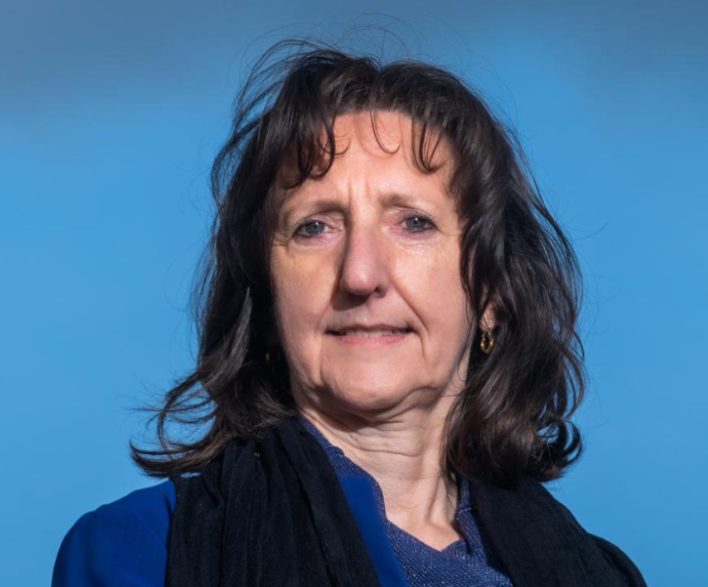
Professor Aerts has spent most of her career researching the structure and evolution of stars — especially the heaviest and brightest ones — pioneering studies in stellar rotation, convection and chemical-element transport. She has developed mathematical methods to identify non-radial stellar oscillations in spectroscopic data, and used machine-learning techniques to classify many kinds of variable stars using observations from the CoRoT, Kepler and TESS space missions. Among these objects, she has detected numerous so-called gravity-mode pulsators.
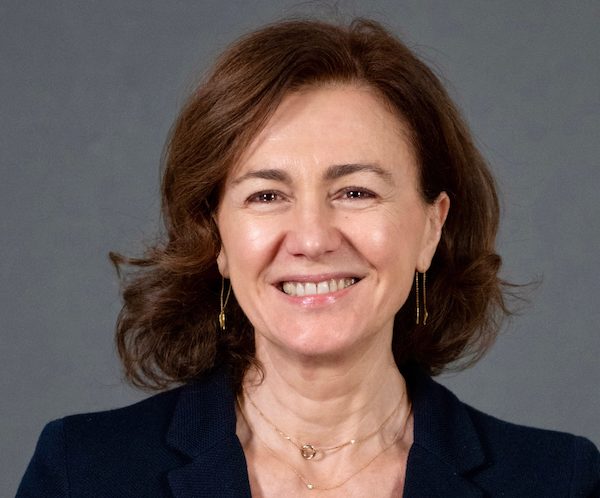
Cristina Maria Alberini is a neuroscientist who studies the biological mechanisms of long-term memory. She is a Professor in Neuroscience at the Center for Neural Science in New York University, and adjunct professor at the Departments of Neuroscience, Psychiatry, and Structural and Chemical Biology at the Icahn School of Medicine at Mount Sinai in New York.
Her research focuses on understanding the cellular and molecular mechanisms underlying the stabilization, storage, and consolidation of long-term memories. Another part of her research involved the study of memory retrieval and reconsolidation.
In 2017 she was elected to the Dana Alliance for Brain Initiatives and awarded the Lombardy Region Rosa Camuna Award in 2019. In 2022 she was appointed as a Member of the American Academy of Arts and Sciences.
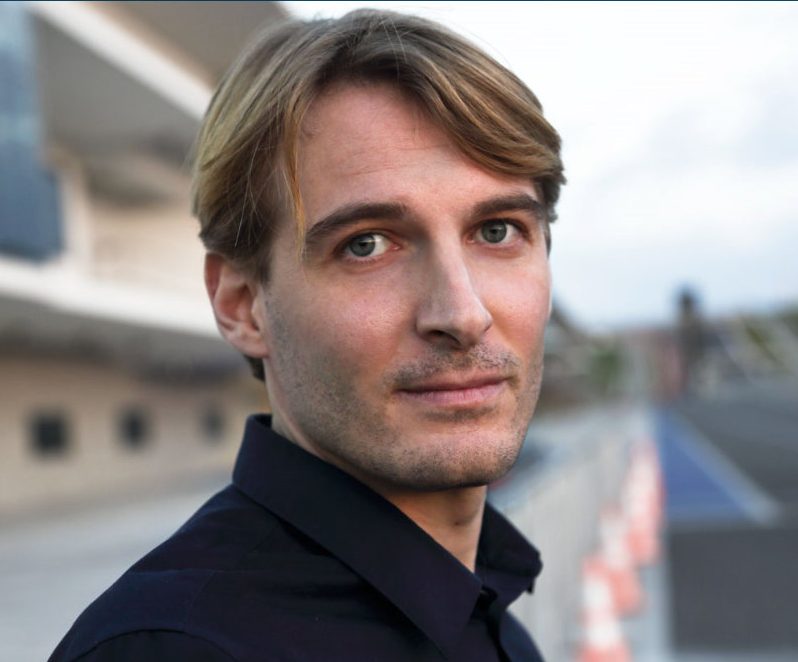
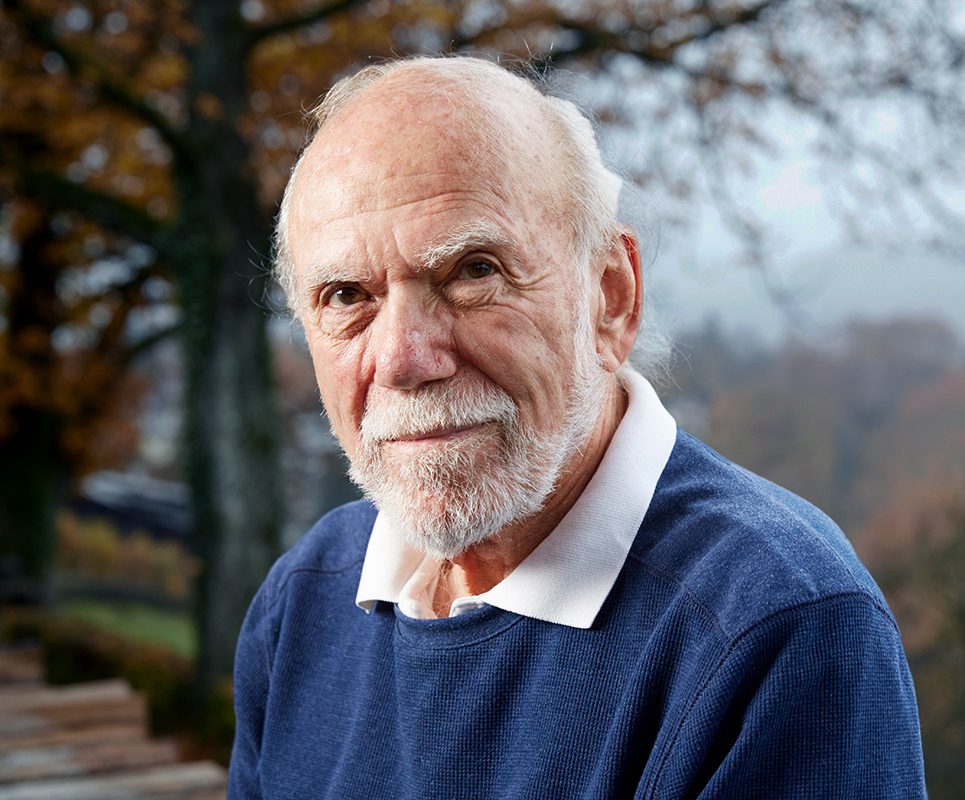
Barry Barish is an experimental physicist and a Linde Professor of Physics, emeritus at California Institute of Technology. He became the Principal Investigator…
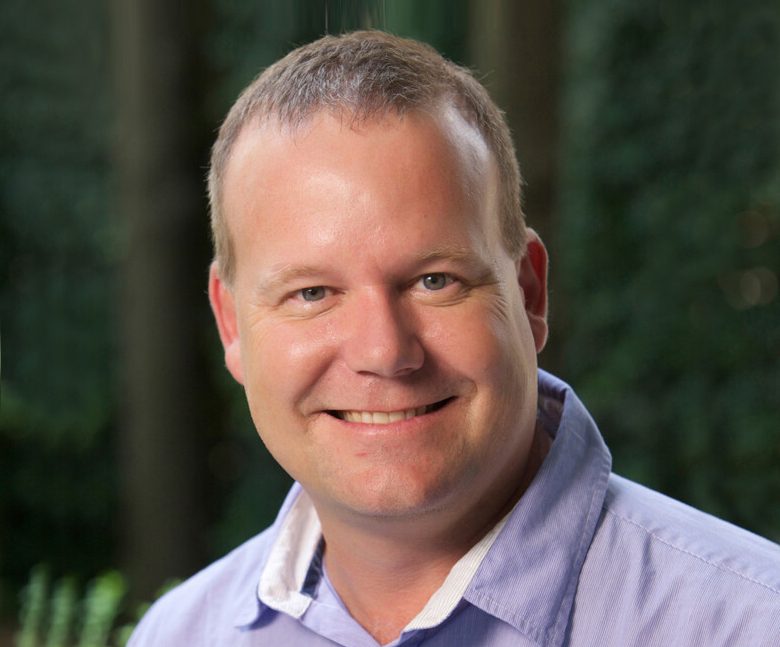
Lee R. Berger is an award-winning researcher, author, paleoanthropologist, and speaker. For more than two decades, his explorations into human origins…
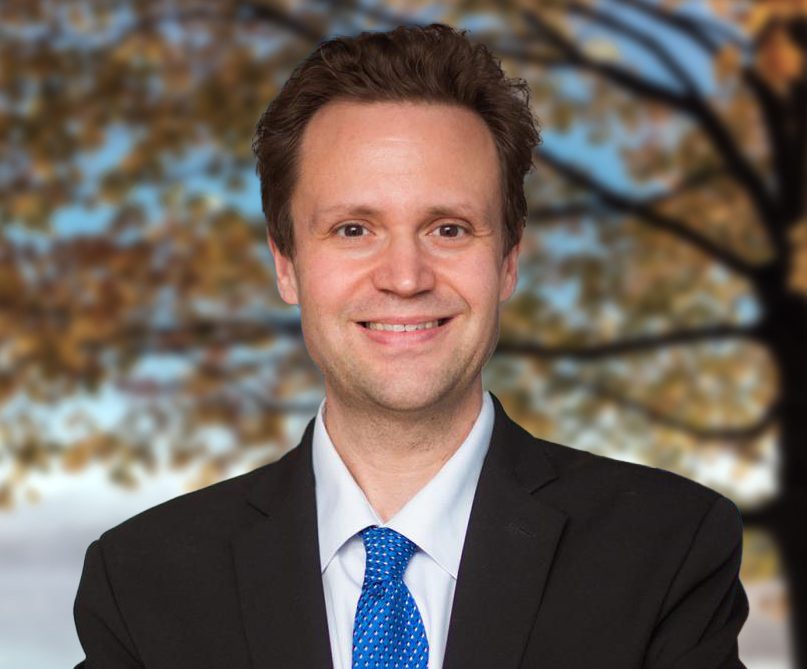
Markus J. Buehler is a materials scientist and engineer at the Massachusetts Institute of Technology. As a professor and the department head at MIT’s Department of Civil and Environmental Engineering, he leads the Laboratory for Atomistic and Molecular Mechanics (LAMM). His primary research focuses around materials science and mechanics of natural and biological protein materials (materiomics), how protein materials define our body and how they fail catastrophically (fracture, deformation, disease), large-scale atomistic modeling, protein based materials and biopolymers, interaction of chemistry and mechanics, bridging chemical scales to continuum theories of materials, modeling of bio-nano-materials phenomena, multiple-scale simulation, development and use of multi-scale simulation tools. His teaching activities center on the application of a computational materials science approach to understand functional material properties in biological and synthetic materials, specifically focused on mechanical properties. He has published several hundred scholarly articles on biomaterials design and modeling, material characterization and synthesis, and authored several books. He has received numerous awards and recognitions, including the Harold E. Edgerton Faculty Achievement Award for exceptional distinction in teaching and in research or scholarship, the highest honor bestowed on young MIT faculty.

Robbert Dijkgraaf is Director and Leon Levy Professor at the Institute for Advanced Study, one of the world’s leading centers for curiosity-driven research in the sciences and humanities. Dijkgraaf is a mathematical physicist who has made important contributions to string theory and the advancement of science education. In addition to discovering deep connections between matrix models, topological string theory, and supersymmetric quantum field theory, Dijkgraaf has developed precise formulas for the counting of bound states that explain the entropy of certain black holes. Past President of the Royal Netherlands Academy of Arts and Sciences and Co-Chair (since 2009) of the InterAcademy Council, Dijkgraaf is a distinguished public policy adviser and passionate advocate for science and the arts. Many of his activities, which have included frequent appearances on Dutch television, a monthly newspaper column, and the launch of the science education website Proefjes.nl are at the interface between science and society. In 2019, he received honorary doctorates from the Vrije Universiteit Brussel and Leiden University and was awarded the inaugural Iris Medal for Excellent Science Communication.
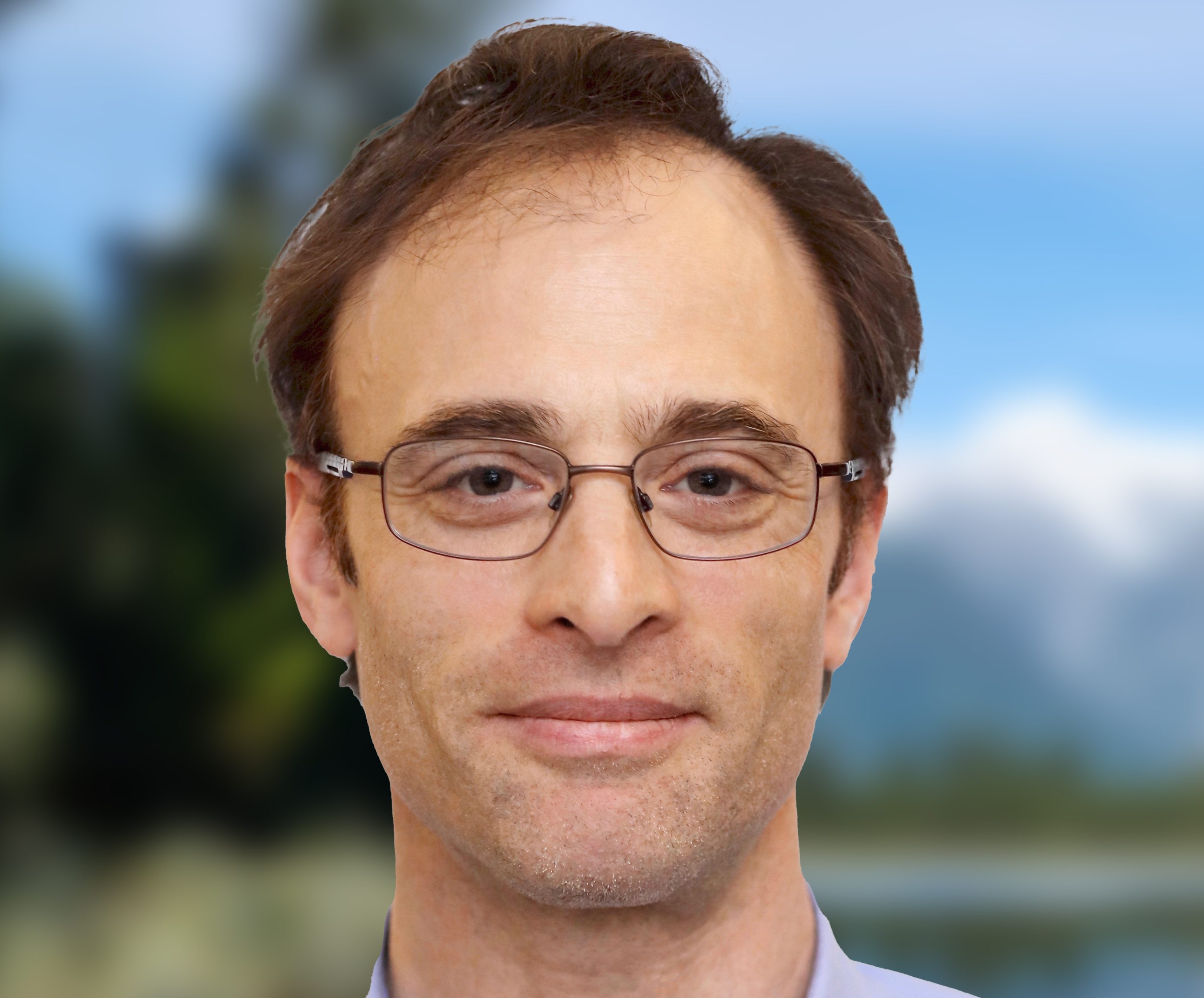
Shep Doeleman received his B.A. from Reed College in 1986 and left soon after for a year in Antarctica where he ran multiple experiments in the polar cusp program at McMurdo Station on the Ross Ice Shelf. With an appreciation for the challenges and rewards of instrumental work in difficult circumstances, he returned to complete a Ph.D. in Astrophysics at MIT. Now as an astronomer and senior research fellow at the Harvard-Smithsonian Center for Astrophysics, he leads the Event Horizon Telescope (EHT) whose goal has been to image the event horizon of a black hole: the boundary where gravity is so strong that even light cannot escape. The EHT does this by linking radio dishes around the globe into a virtual Earth-sized telescope with the highest angular resolution possible from the surface of our planet. On April 10th, 2019, the EHT project announced the first image of a black hole, confirming (at least for the moment) Einstein’s theories at the boundary of a supermassive black hole, and opening a new window onto the study of these most mysterious objects. Doeleman is working now on next steps to improve the EHT, sharpening our focus on black holes even further by adding to the global array and extension to telescopes in space. The goal now is to move beyond still images and make real-time movies of black holes. Doeleman was awarded the 2020 Breakthrough Prize in Fundamental Physics as the Founding Director of the EHT Collaboration for the first image of a supermassive black hole.
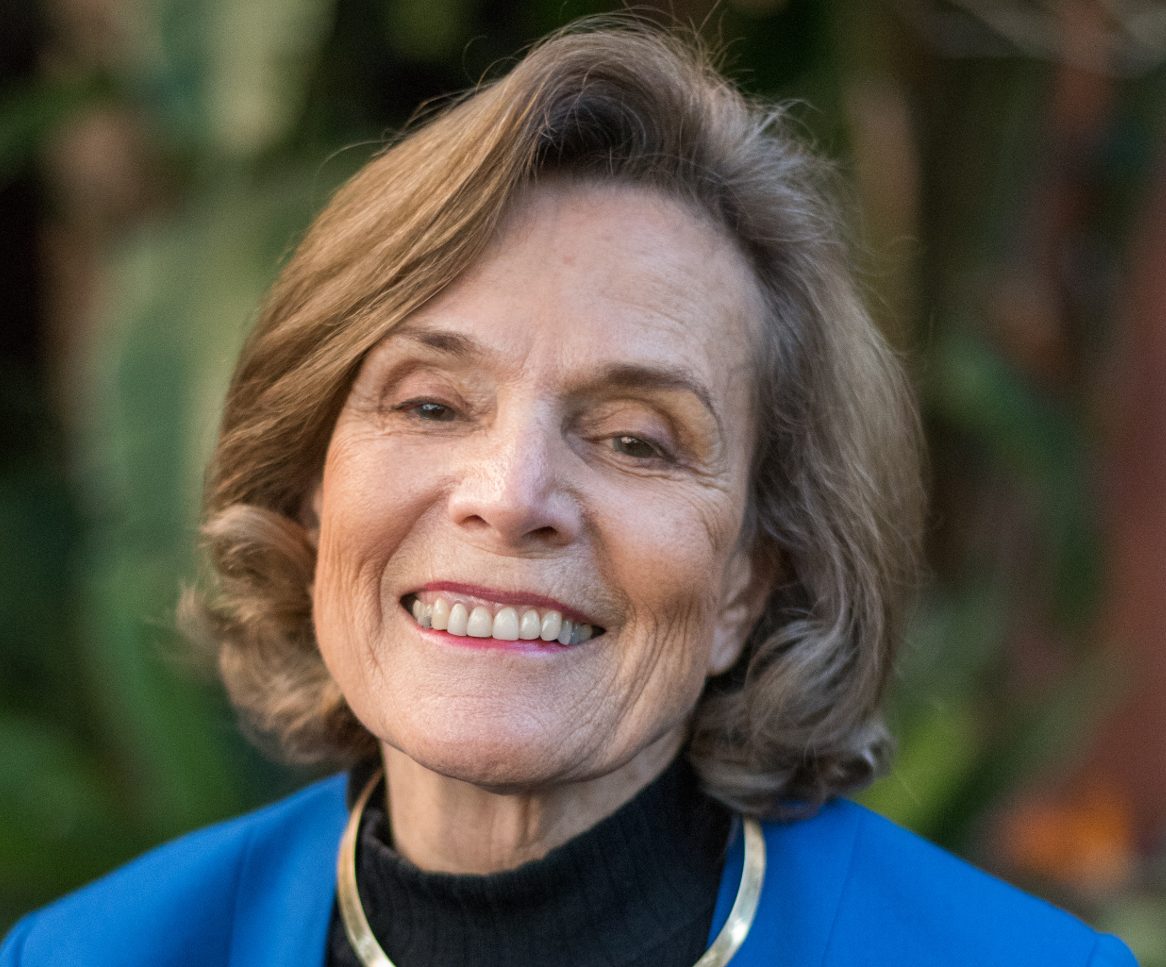
National Geographic Society Explorer-in-Residence Dr. Sylvia A. Earle is an oceanographer, explorer, author, and lecturer who has been called a “Living Legend” by the Library of Congress and “Hero for the Planet” by TIME magazine. Formerly chief scientist of NOAA, Earle is the founder of Deep Ocean Exploration and Research, Inc., founder of Mission Blue and SEAlliance, and chair of the Advisory Councils of the Harte Research Institute and the Ocean in Google Earth. She has a B.S. degree from Florida State University, M.S. and Ph.D. from Duke University, and 22 honorary degrees. She has authored more than 190 scientific, technical, and popular publications; lectured in more than 80 countries; and appeared in hundreds of radio and television productions.
Earle has led more than a hundred expeditions and logged more than 7,000 hours underwater, including leading the first team of women aquanauts during the Tektite Project in 1970; participating in ten saturation dives, most recently in July 2012; and setting a record for solo diving in 1,000-meter depth. Her research concerns marine ecosystems with special reference to exploration, conservation, and the development and use of new technologies for access and effective operations in the deep sea and other remote environments.
Earle’s more than one hundred national and international honors include the 2011 Royal Geographical Society Gold Medal, 2011 Medal of Honor from the Dominican Republic, 2009 TED Prize, Netherlands Order of the Golden Ark, Australia’s International Banksia Award, Italy’s Artiglio Award, the International Seakeepers Award, the International Women’s Forum, the National Women’s Hall of Fame, Academy of Achievement, Los Angeles Times Woman of the Year, and medals from the Explorers Club, the Philadelphia Academy of Sciences, Lindbergh Foundation, National Wildlife Federation, Sigma Xi, Barnard College, and the Society of Women Geographers.
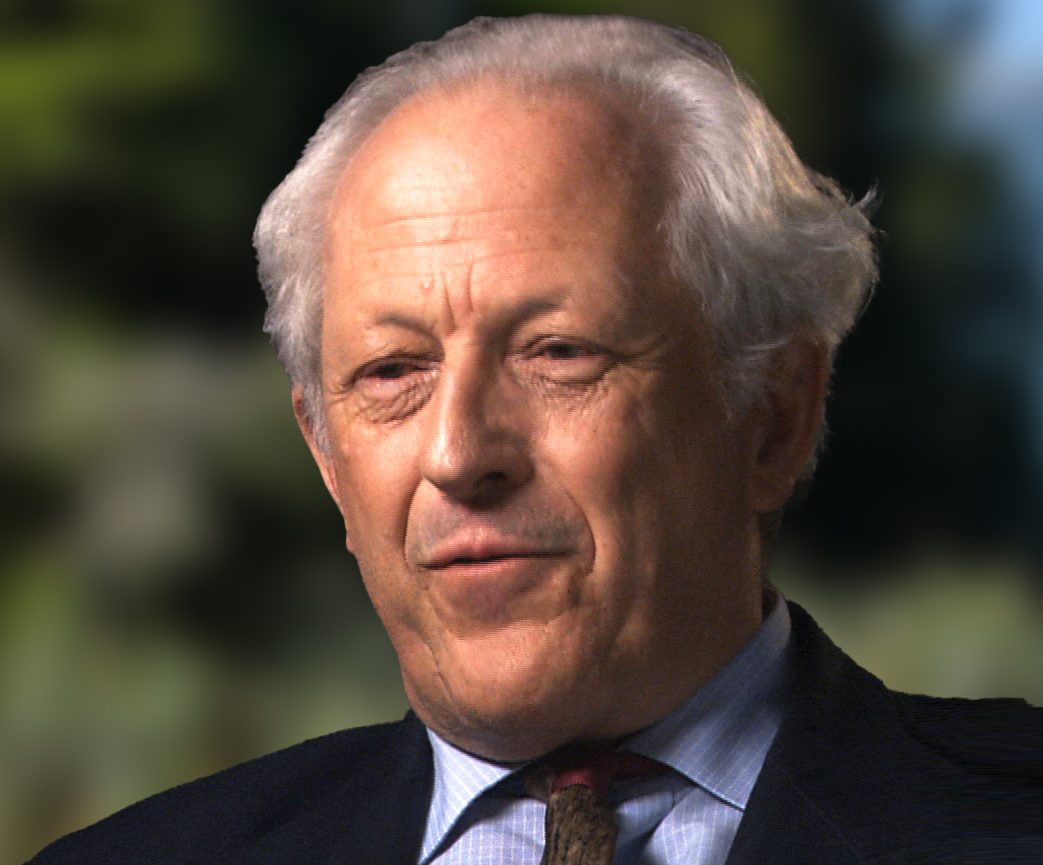
George Ellis is Professor Emeritus of Applied Mathematics at the University of Cape Town and investigates cosmology, the nature of time, and the emergence of complexity. He is the co-author with Stephen Hawking of The Large Scale Structure of Space Time. He is past president of the International Society of General Relativity and Gravitation and of the Royal Society of South Africa, a Founder Member of the South African Academy of Science, and a Fellow of the Third World Academy of Science and of the Royal Society, London. He has been awarded the Herschel Medal of the Royal Society of South Africa, the Star of South Africa Medal (awarded by President Mandela), the Templeton Prize (2004), the South African National Science and Technology Forum lifetime contribution award, the Academy of Science of South Africa Gold medal, and the Order of Mapungubwe (awarded by President Thabo Mbeki). One of his most recent articles regarding “top down causation and emergence: some comments on mechanisms” was published in Interface Focus.
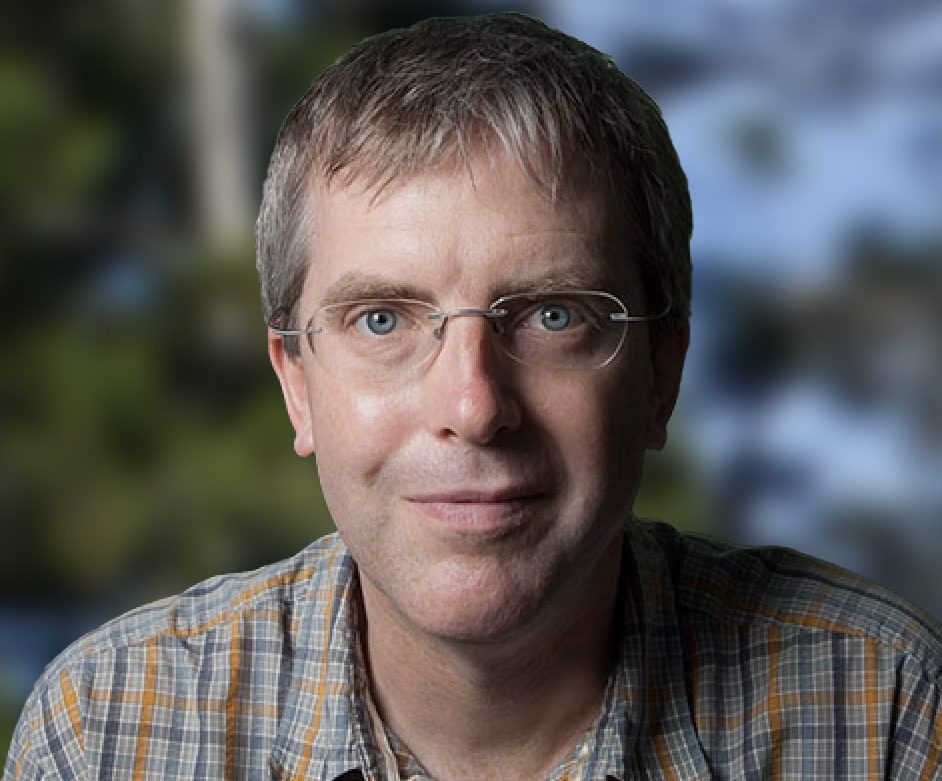
Drew Endy is an associate professor of Bioengineering at Stanford. His Stanford research team develops genetically encoded computers and redesigns genomes. Endy co-founded the BioBricks Foundation as a public-benefit charity supporting free-to-use standards and technology that enable the engineering of biology (BioBricks.org). Endy joined the Stanford faculty in late 2008, having previously studied with and served on the Biological Engineering faculty at MIT. He is also the founding director of the public benefit BIOFAB facility in Emeryville, CA. Endy is a member of the Committee on Science, Technology, and Law at the U.S. National Academies and has been nominated to serve on the U.S. National Science Advisory Board for Biosecurity. Endy recently gave testimony and provided opening remarks regarding synthetic biology before the U.S. House Committee on Energy and Commerce and the President’s Commission on Bioethics, respectively. He earned a BS and MS in Civil and Environmental Engineering, respectively, from Lehigh University and a PhD in Biochemical Engineering from Dartmouth College. Esquire magazine recognized Endy as one of the 75 most influential people of the 21st century. He released the book Denialism: How Irrational Thinking Hinders Scientific Progress, Harms the Planet, and Threatens Our Lives in 2009.
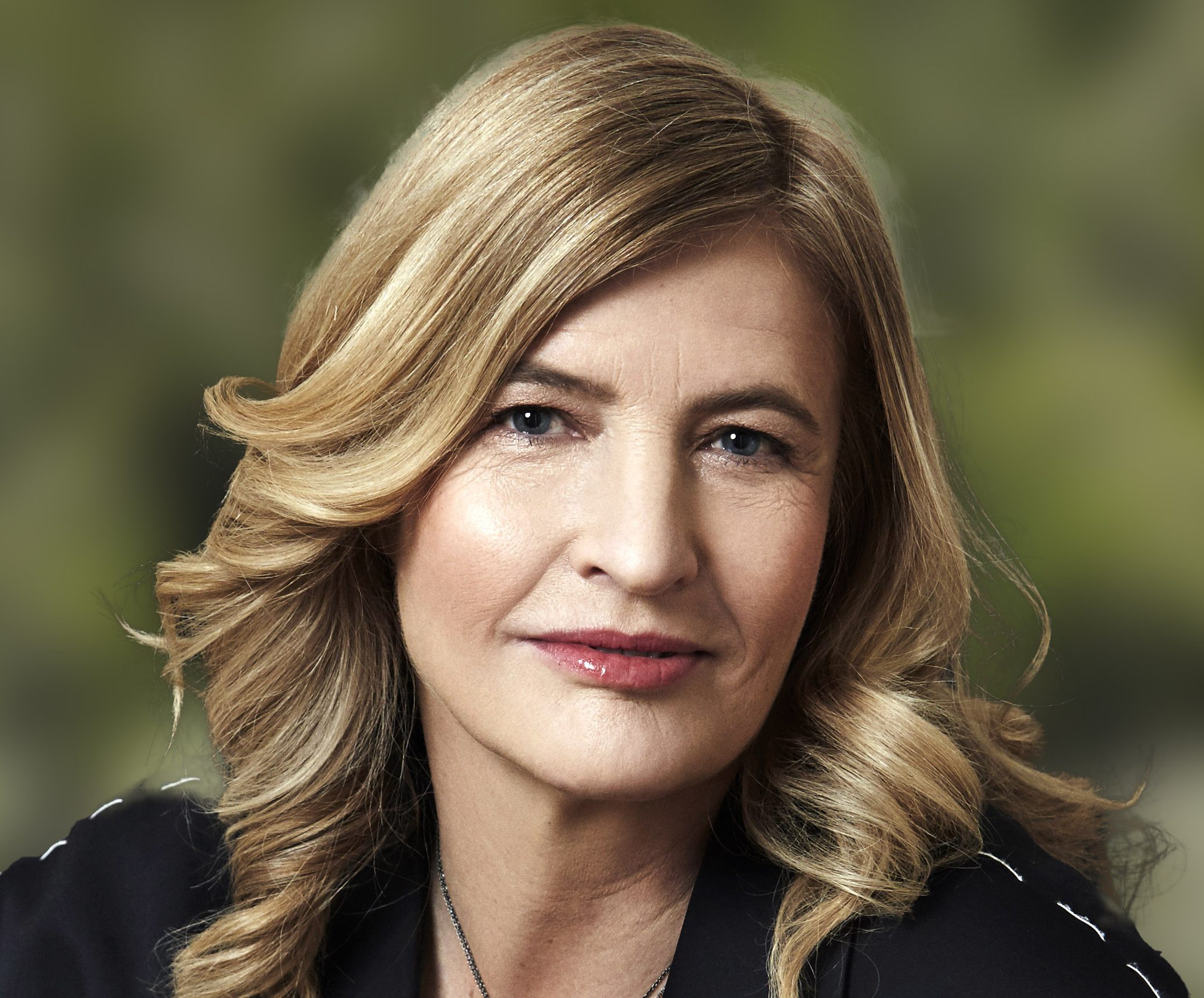
Katherine Freese holds the Jeff and Gail Kodosky Endowed Chair in Physics at the University of Texas at Austin. Previously, she was the George E. Uhlenbeck Professor of Physics at the University of Michigan and Visiting Professor of Physics at Stockholm University. She works on a wide range of topics in theoretical cosmology and astroparticle physics. She has been working to identify the dark matter and dark energy that permeate the universe, as well as to build a successful model for the early universe immediately after the Big Bang. She is author of a book The Cosmic Cocktail: Three Parts Dark Matter, published by Princeton University Press. Dr. Freese’s work has been described in The New York Times, BBC, Scientific American, New Scientist, National Public Radio, Boston Globe, Dallas Morning News, and other media. Her public appearances include Through the Wormhole with Morgan Freeman, a BBC Horizon Dark Matter documentary, a New York Academy of Sciences Panel, TV Ontario, and the Isaac Asimov Debate at the American Museum of Natural History in New York.